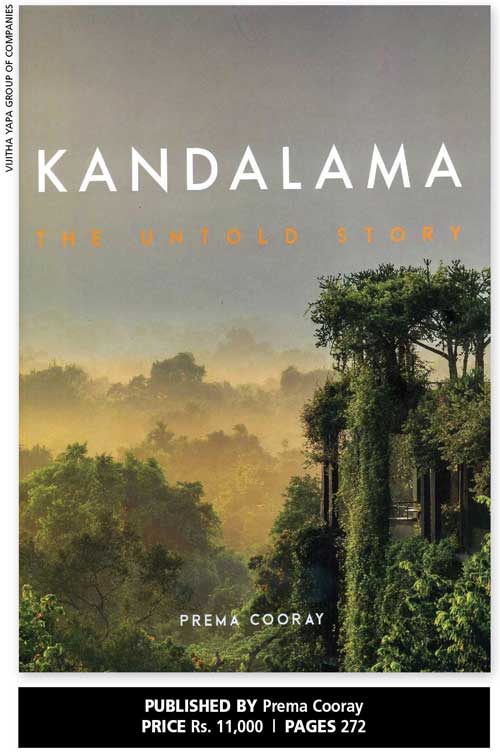 Kandalama is unique. A hotel built above a lake in Dambulla made history in its creation by Sri Lanka’s master architect the late Deshamanya Geoffrey Bawa. It has won many awards internationally, not only for contributing to the environment and ecology, but also for its birth amid protests from religious actors and politicians.
Kandalama is unique. A hotel built above a lake in Dambulla made history in its creation by Sri Lanka’s master architect the late Deshamanya Geoffrey Bawa. It has won many awards internationally, not only for contributing to the environment and ecology, but also for its birth amid protests from religious actors and politicians.
Although the proposed hotel had nothing to do with Buddhism, a powerful monk who hadn’t been consulted about the project threatened to commit suicide if it was constructed on the proposed site.
Those who were opposed to the project claimed that rainwater from the pinnacle of the rock on which the hotel was to be built wouldn’t flow down to the lake and protested that there would be depredations to the environment, waste disposal would be a problem and so on.
But the architects and builders took extra precautions in its construction, and the hotel stands as an icon of environmental protection today.
Architect Channa Daswatte – the Chairperson of the Geoffrey Bawa and Lunuganga Trusts – says Kandalama is a monument to the symbiosis between architecture and nature.
The story of Kandalama is not only about catering to tourists visiting five UNESCO World Heritage Sites in the area but also how funds amounting to some Rs. 660 million were raised by profits from an Aitken Spence hotel in the Maldives and two rights issues at a time when the country was in the midst of a long civil war.
Aitken Spence was offered three sites for the project – and all were rejected. At Bawa’s insistence, a helicopter was hired to obtain an aerial view of the surroundings. While in the air, he pointed with his walking stick to a rocky outcrop from where rainwater flows into the Kandalama Reservoir.
Bawa was taken to the potential site on a palanquin. Royals – especially women – travelled by palanquin in ancient times...
He responded with wisdom and foresight to the many protests by those opposed to the project. Bawa also replied to the accusation that rainfall and water from the rock would be affected by the hotel.
And the master architect informed protesters that the columns upon which the hotel was to stand would allow rainwater to flow off the rock under the hotel and reach the reservoir.
The daily requirement of about 50,000 gallons of water for the project was pumped up from tube wells on the property and none of it was taken from the lake. And the columns around the building were designed to enable foliage to grow so that the hotel would blend in with the natural environment of the surrounding jungle.
Its rooftop was covered with greenery and this attention to detail has helped the hotel be what it is today. These innovations were developed long before issues relating to the environment were raised in the 21st century.
The building was constructed in such a way that there were no blank walls facing the guests and their luggage was taken from the reception to their rooms in a manner that was not witnessed by anyone but the service staff.
This book provides a detailed account of the protestors including Catholic nuns, the involvement of NGOs, sundry court cases and so on. Former president Ranasinghe Premadasa was in favour of the project as it would help create employment and provide a new beginning for the villagers.
But the protests continued…
Aitken Spence was frustrated with the situation. After spending millions on the project, no solution was in sight. The chief priest of the area was keen to create another sect in the Buddhist hierarchy and the government was opposed to that move.
The media focussed on one side of the story unfortunately, which meant that even those who would benefit from the hotel were among the protestors.
This book describes how Premadasa’s daughter intervened and played an important role in enlisting her father’s support for the project. But despite his directives, officials continued to dillydally.
Unfortunately, the tale ends abruptly with no details about the conclusion of the project and nary a mention about the chief priest who was threatening to commit suicide.
Books on hotels tend to focus on the beauty of their facades and interiors rather than issues that were encountered in construction. That information is also provided in this book but it goes beyond this, describing the obstacles to be overcome and battles that had to be won.
The author also addresses the vision and dedication of the directors and staff who made this book possible. It is therefore, not simply a souvenir but a dramatic account of what went on behind the scenes.
Kudos to the author Prema Cooray for crafting this historic publication!





